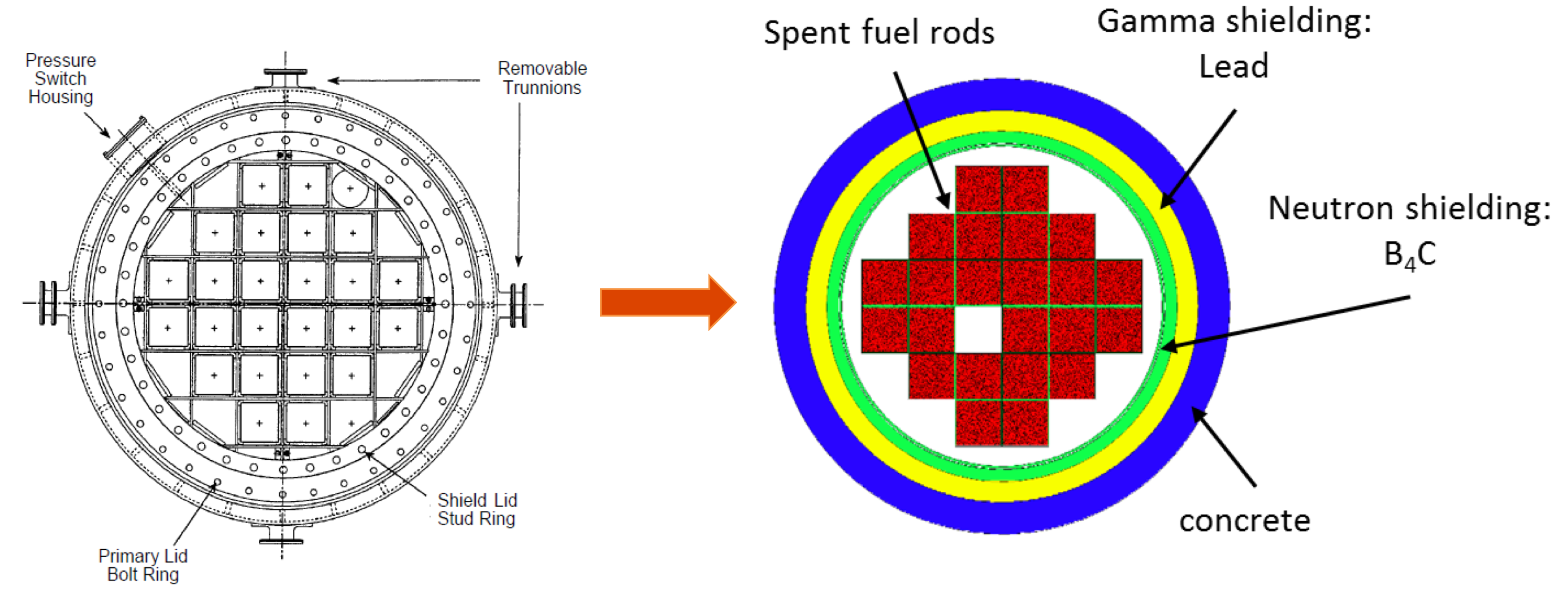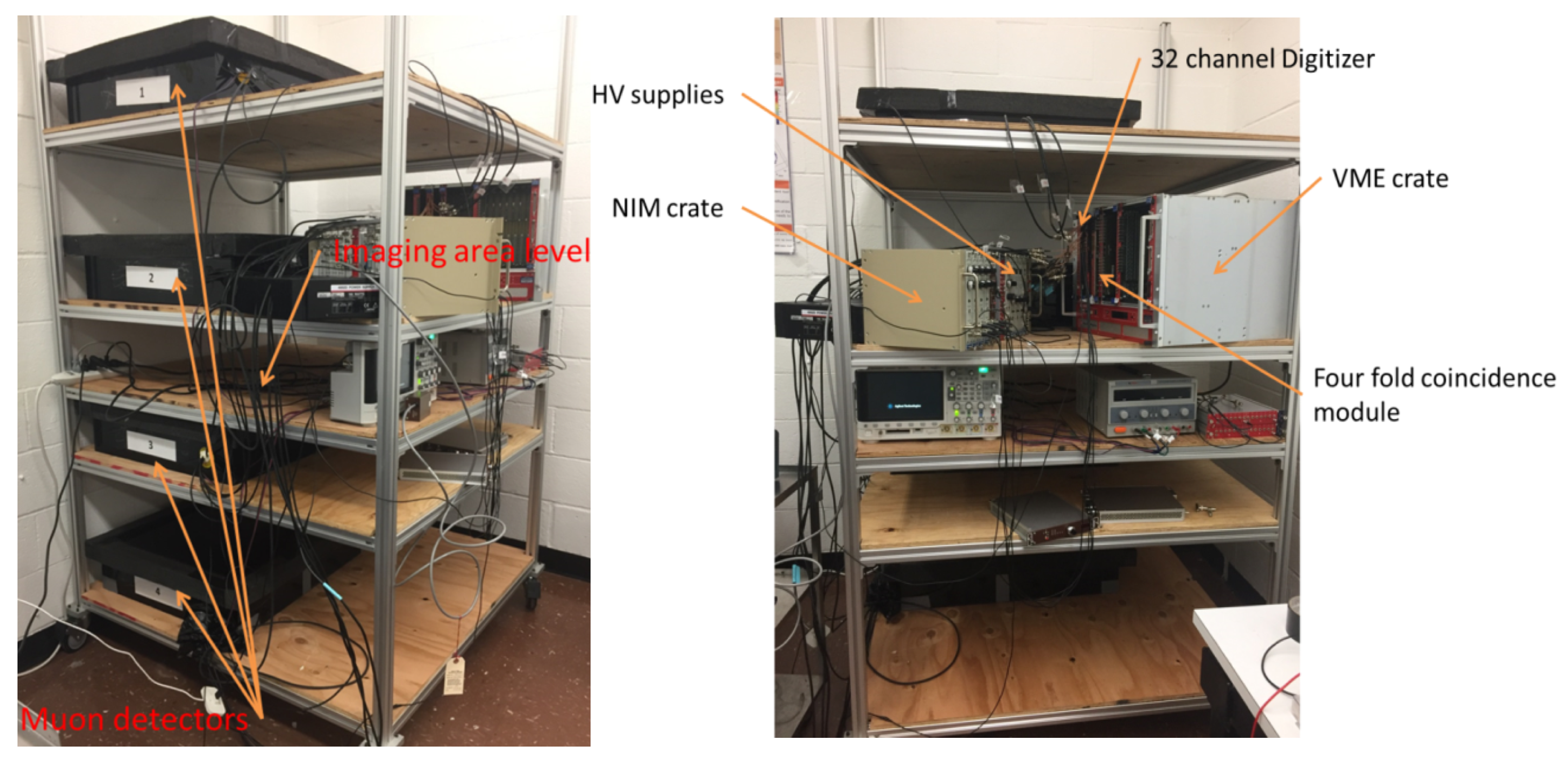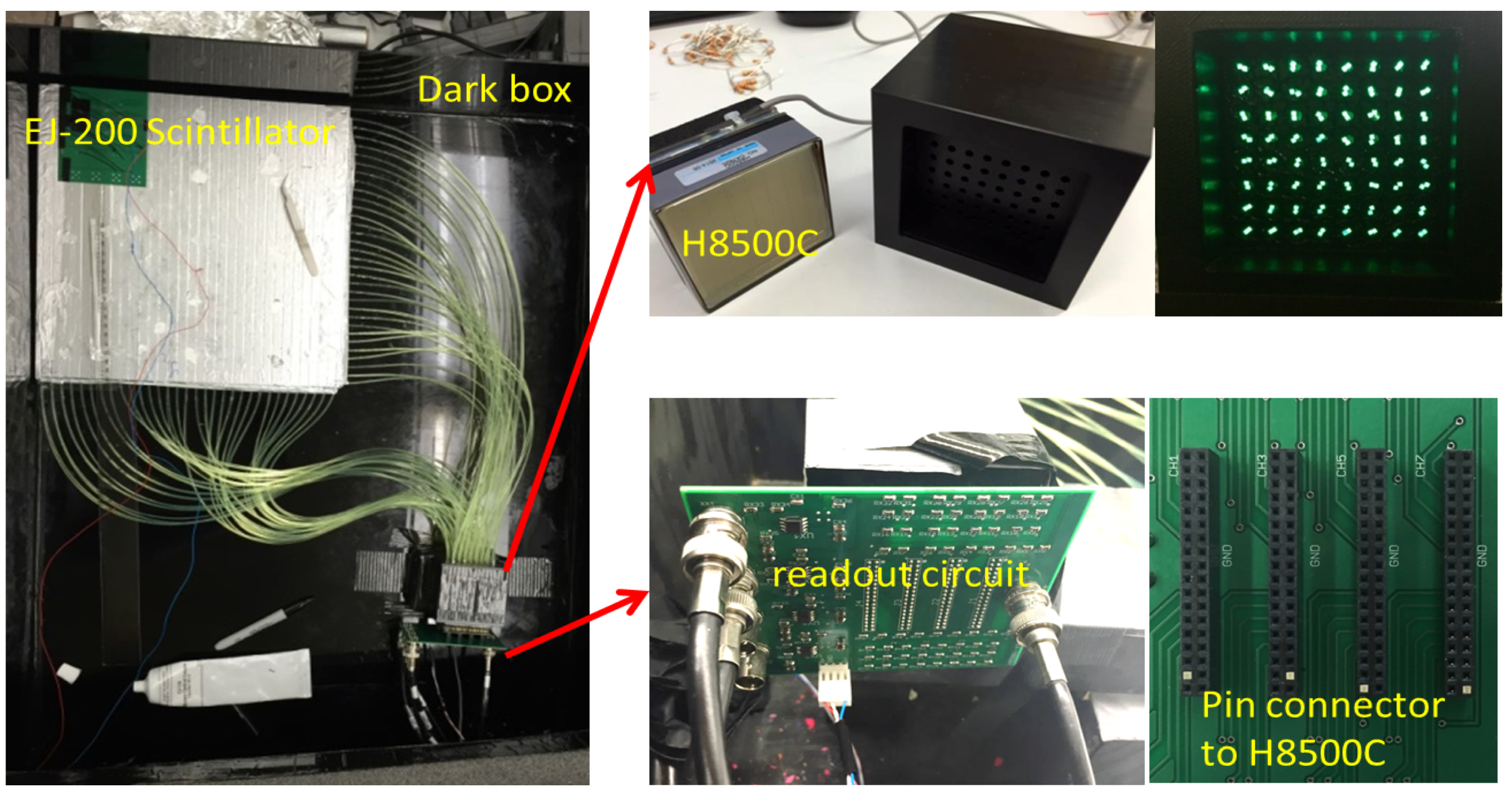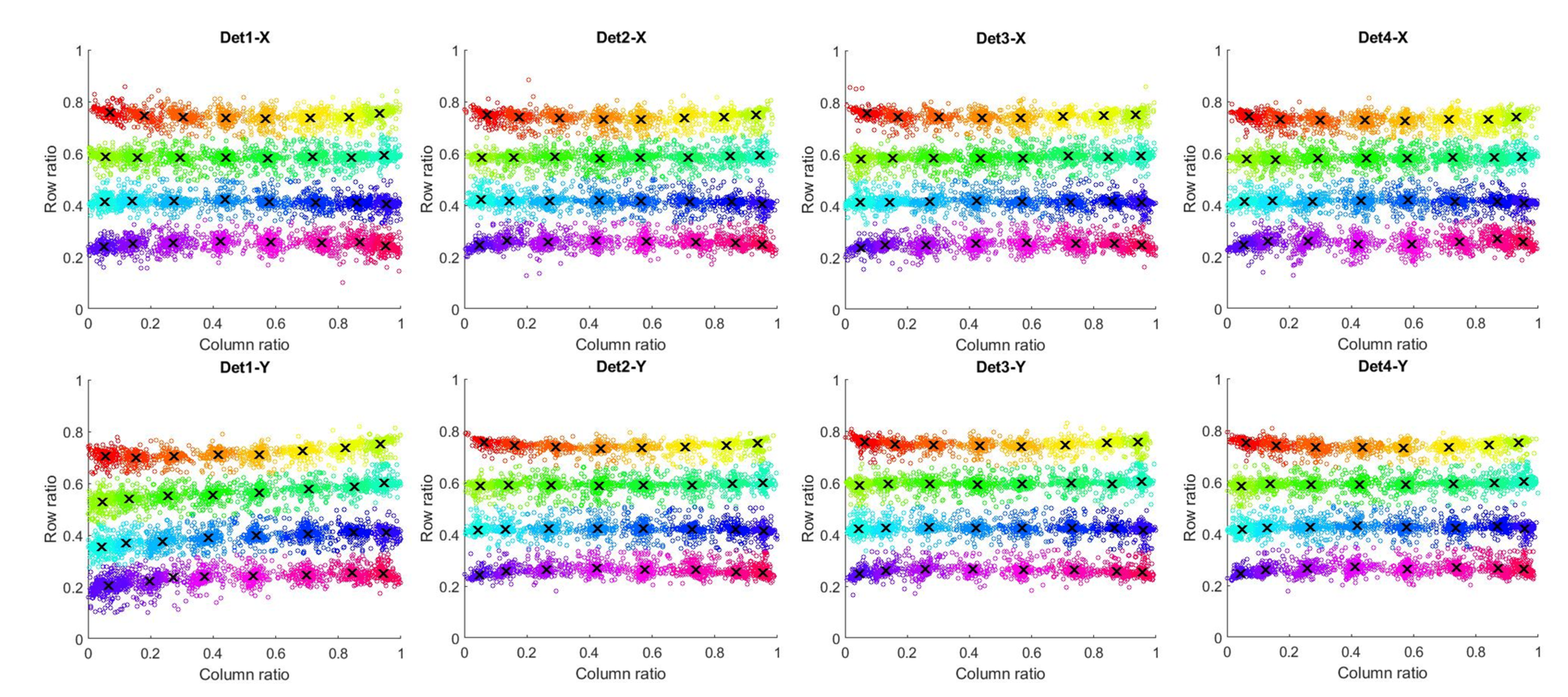The goal of this project is to build a prototype system for monitoring used nuclear fuel (UNF) dry storage casks (DSCs) using cosmic ray muon imaging technique. Such a system will have the capability of verifying the content inside a DSC without opening it. Because of the growth of the nuclear power industry in the U.S. and the policy decision to ban reprocessing of commercial UNF, the used fuel inventory at commercial reactor sites has been increasing. Currently, UNF needs to be moved to independent spent fuel storage installations (ISFSIs), as its inventory approaches the limit on capacity of on-site wet storage. Thereafter, the fuel will be placed in shipping containers to be transferred to final disposal sites. The ISFSIs were initially licensed as temporary facilities for ~20-yr periods. Given the cancellation of the Yucca Mountain project and no clear path forward, extended dry-cask storage (~100 yr.) at ISFSIs is very likely.It is important to ensure that special nuclear material (SNM) in UNF is not stolen or diverted from civilian facilities for other use during the extended storage period.
Muon tomography was recently developed as an extension of the concept of muon attenuation radiography. In muon tomography, the incoming and outgoing directions are tracked for each muon. The many small scattering interactions between the incident muon and matter add up to yield an angular deviation of the muon track that follows a Gaussian distribution. This Gaussian distribution has a mean of zero and a width given by:

where βc and p are the muon velocity and momentum, and x/X0 is the material thickness in units of radiation length. The Z dependence of X0 can be further exhibited using Dahl’s expression. It can be observed that the spread of scattering angles is larger for materials with high atomic numbers and small radiation lengths. Therefore, the spread of the deflection angle of scattered muons provides a way to distinguish high-Z materials in the volume of interest. Once the spread of scattering angle and muon momentum are determined, an effective Z number can be derived for a layer of given thickness. Normally, the assumption of single scattering is made during image reconstruction. And the scattering point is calculated using the Point of Closet Approach (PoCA). To further improve imaging quality, more advanced image reconstruction algorithms have been developed, e.g. the ML/EM method reported by LANL.Muon tomography has been very successful in imaging relatively small amounts of high-Z materials, such as detecting contraband SNM inside cargo containersand assaying nuclear waste with high Z-contrast ratio.
Monte Carlo Simulation

OSU Muon Tomography System

Scintillation Detector and Optical Fiber Readout

Detector Position Calibration

Reconstructed Image
